A chest of shape crossbow with top, facades and sides in solid blond walnut, interior, rear and dust caches in pine and white wood.
It opens with three rows of drawers with hectic facades cut into hugs. We will also appreciate the frames with molded sketches in Greek corners which they are provided. Bronzes characteristic of the Louis XV / Louis XVI transition style garnish these three drawers. Thus, each of them has two handfuls of round and pearled foliage drawing, and a lock entrance, the same metal and the same shape but with more modest chisels. The locks are of origins, the bronzes and the three keys are posterior.
The upper hand of this dating in the Term of Corbin is made up of two walnut boards: a first of 53 cm on the front, a second, larger, 17 cm on the rear part.
The sides are worked with molded strips whose angles are similar to those of drawer facades.
We will also note the presence of sculptures on the visible amounts of this dresser.
The whole rests on two swallowed and rolled -up forward feet, and two more sober rear feet.
We can see the quality of wood that composes this dresser, little marked by its 240 years of stories.
********
Era: 18th century, around 1780.
Perfect condition after restoration in our workshop. Only waxed finish.
Dimensions:
On the body: Length: 130.5 cm Width: 67 cm
On the tray: Length: 134.5 cm Width: 70 cm
Height: 93 cm
Cassettone a forma di balestra con piano, facciate e fianchi in massello di noce biondo, interno, retro e cassettiera in legno di pino e bianco.
Si apre con tre file di cassetti con facciate frenetiche tagliate ad abbraccio. Si apprezzeranno anche le cornici con schizzi modanati negli angoli delle greche di cui sono dotate. Bronzi caratteristici dello stile di transizione Luigi XV / Luigi XVI guarniscono questi tre cassetti. Così, ognuno di essi ha due maniglie di disegno a fogliame rotondo e perlato, e una serratura d'ingresso, dello stesso metallo e della stessa forma ma con ceselli più modesti. Le serrature sono di origine, i bronzi e le tre chiavi sono posteriori.
La mano superiore di questa datazione nel Termine di Corbin è costituita da due tavole di noce: una prima di 53 cm sulla parte anteriore, una seconda, più grande, di 17 cm sulla parte posteriore.
I lati sono lavorati con listelli sagomati i cui angoli sono simili a quelli delle facciate dei cassetti.
Noteremo anche la presenza di sculture sugli importi visibili di questo comò.
L'insieme poggia su due piedi anteriori inghiottiti e arrotolati e su due piedi posteriori più sobri.
Possiamo notare la qualità del legno che compone questo comò, poco segnato dai suoi 240 anni di storia.
********
Epoca: XVIII secolo, intorno al 1780.
Condizioni perfette dopo il restauro nel nostro laboratorio. Finitura solo a cera.
Dimensioni:
Sul corpo: Lunghezza: 130,5 cm Larghezza: 67 cm
Sul vassoio: Lunghezza: 134,5 cm Larghezza: 70 cm
Altezza: 93 cm
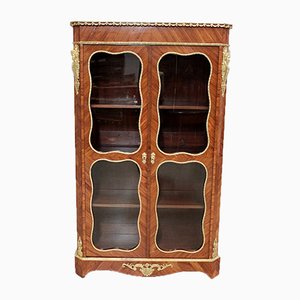
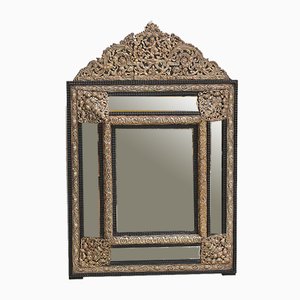
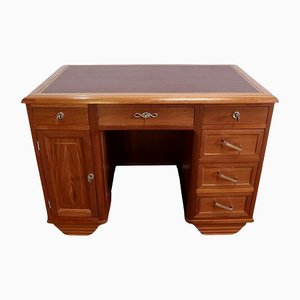
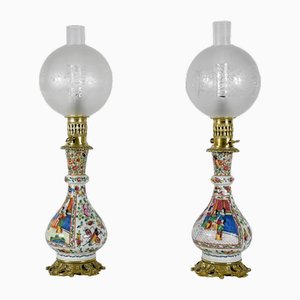

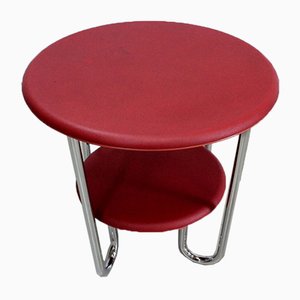
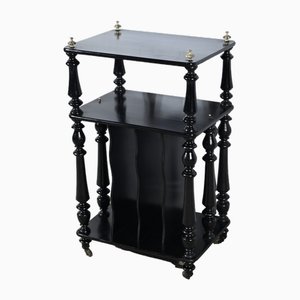

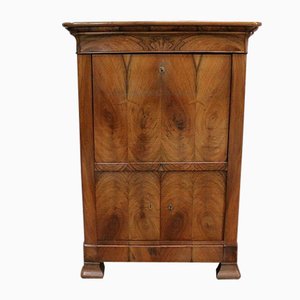

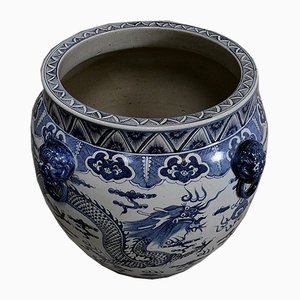
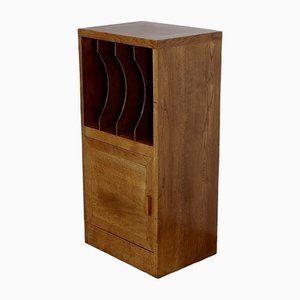
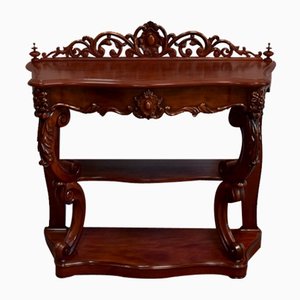

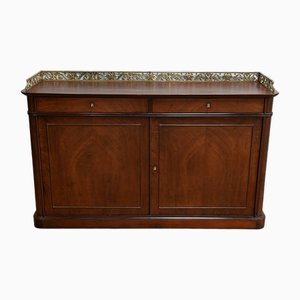

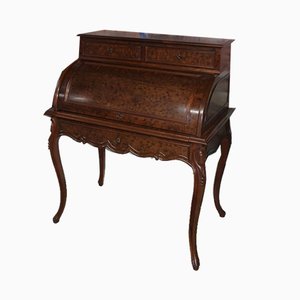
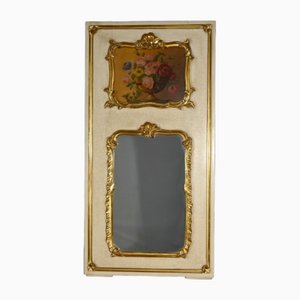

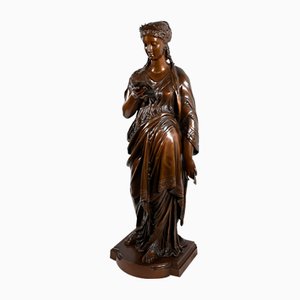
Contattaci
Fai un'offerta
Abbiamo notato che sei nuovo su Pamono!
Accetta i Termini e condizioni e l'Informativa sulla privacy
Contattaci
Fai un'offerta
Ci siamo quasi!
Per seguire la conversazione sulla piattaforma, si prega di completare la registrazione. Per procedere con la tua offerta sulla piattaforma, ti preghiamo di completare la registrazione.Successo
Grazie per la vostra richiesta, qualcuno del nostro team vi contatterà a breve.
Se sei un professionista del design, fai domanda qui per i vantaggi del Programma Commerciale di Pamono